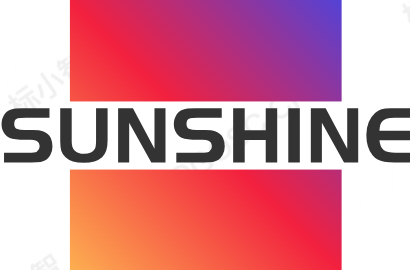Is Thailand’s decoration industry well-developed?
The decoration industry in Thailand is relatively developed, especially in tourist hotspots and economically developed areas such as Bangkok, Phuket, Chiang Mai, and Pattaya. The following are the main characteristics and development status of Thailand’s decoration industry:
1. Strong market demand
Tourism driven: Thailand is a popular tourist destination, and the demand for decoration in hotels, resorts, restaurants, and shops continues to grow, driving the development of the decoration industry.
Urbanization process: The rapid development of major cities such as Bangkok has driven the demand for decoration in residential and commercial real estate, with particularly active decoration markets in apartments and office buildings.
Foreigner investment: Many foreigners purchase real estate in Thailand, which drives the demand for high-end decoration and customized design.
2. Intense industry competition
The Thai decoration market is fiercely competitive, with both large decoration companies and a large number of small and medium-sized enterprises and individual craftsmen. There is a significant difference in price and service quality, and customers have a wide range of choices.
3. Diverse decoration styles
Traditional Thai style: emphasizes natural materials (such as wood, bamboo) and religious elements, suitable for hotels and resorts.
Modern minimalist style: popular in apartments and commercial spaces, in line with international trends.
Mixed style: Combining Thai traditional and modern design to meet the aesthetic needs of different customers.
4. Materials and processes
Local materials: Thailand produces high-quality wood, stone, and ceramics, with abundant resources of decoration materials and relatively reasonable prices.
Imported materials: High end projects often use imported building materials, such as Italian tiles, German bathroom equipment, etc.
Craftsmanship level: Thai craftsmen have exquisite craftsmanship, especially in traditional crafts such as wood carving and hand painting, but the standardization of construction may not be as high as in developed countries.
5. Cost advantage
Compared with countries such as Europe, America, and Singapore, Thailand has lower decoration costs, cheaper labor costs, and higher cost-effectiveness, attracting many foreign customers.
6. Challenges and Precautions
Language communication: If you do not understand Thai, there may be communication barriers with the local decoration team. It is recommended to find a bilingual agency or company.
Construction progress: Thais work at a slower pace, and the construction period may be longer than expected, so time clauses need to be specified in the contract.
Quality supervision: Some small and medium-sized companies may lack strict quality control and need to regularly supervise the construction process.
7. Green decoration trend
With the increasing awareness of environmental protection, Thailand’s decoration industry has also begun to focus on sustainable materials (such as bamboo flooring, energy-saving glass) and green design (such as natural ventilation, solar energy utilization).
Summary:
The overall decoration industry in Thailand is relatively developed, especially driven by the popularity of tourism and real estate, with an active market, diverse styles, and reasonable costs. But when choosing a decoration company, attention should be paid to communication, schedule, and quality control. If it is a foreign investor, it is recommended to ensure the smooth progress of the project through reputable international decoration companies or reliable intermediary services.
This article is from a submission and does not representThailand Interior Decoration _ House Interior Decoration _ Decoration Design Company-Sunny Cottageposition,If reproduced, please indicate the source:https://www.decorationbydiana.com/21906/
